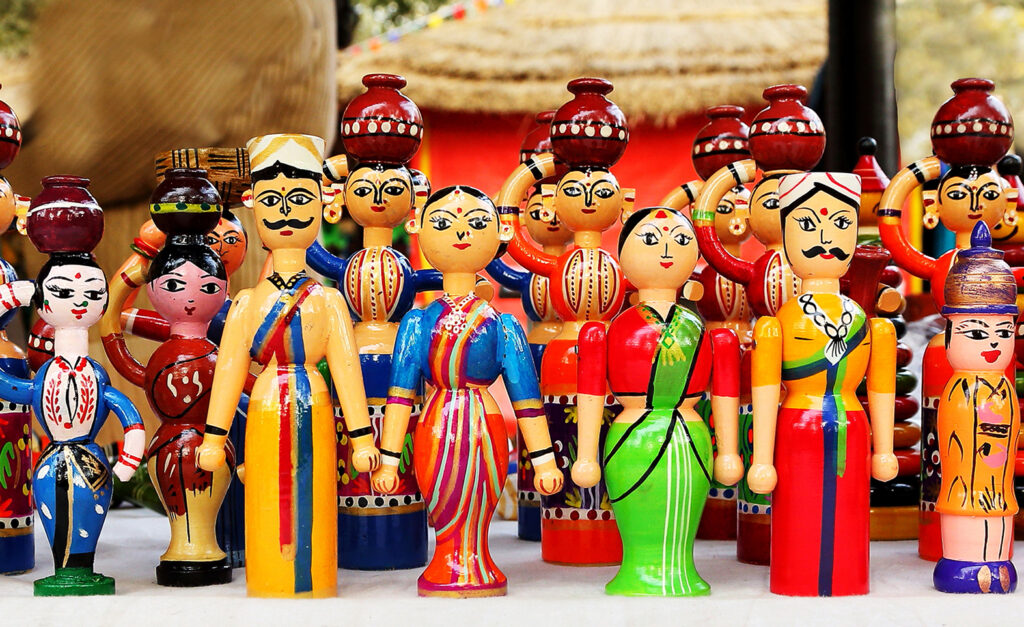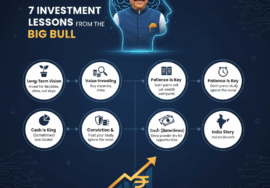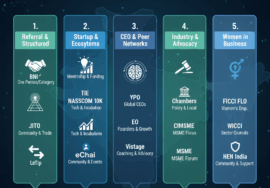The Toy Industry Makeover:Insights from India’s 2025 Budget

The Indian Government’s 2025 Budget rests out a thorough plan to transform the toy
industry in a major push towards independence and global competitiveness. Here are some
ways the budget seeks to change the toy manufacturing scene in India, with an emphasis on
lowering reliance on imports and encouraging domestic development.
A Vision for a Global Toy Hub
In her budget speech, Finance Minister Nirmala Sitharaman revealed a strategic plan to
establish India as a global toy hub. Building on the National Action Plan for Toys, this vision
seeks to establish India as a major player in the global toy market in addition to achieving
self-sufficiency.
Cluster Development: The budget calls for the creation of clusters for the production of toys.
The goal of these clusters is to increase toy production efficiency and innovation by
concentrating infrastructure, skills, and resources in particular areas
Enhancement of Skills: The government intends to implement skill development programs
specially developed for the toy manufacturing industry in recognition of the need for skilled labor in this field. This program seeks to give workers the skills they need to create toys that
are both innovative and of the highest caliber.
Manufacturing Ecosystem: Establishing a strong manufacturing ecosystem is another
priority. In order to ensure that the toys produced are not only competitive but also
environmentally friendly, this includes supporting local manufacturers through incentives,
improved access to technology, and sustainable practices
Economic Consequences
India’s toy industry has experienced mixed results, with exports declining recently. But this
trend is about to change thanks to the new budget measures:
Boost to Exports: The initiative is anticipated to boost toy exports by decreasing dependency
on imports, especially from China, where India sources a large amount of its toys. According
to projections, the economy could benefit greatly from toy exports, which could surpass Rs
1.1 lakh crore.
Job Creation: It is expected that the development of manufacturing clusters and the push for
local production will result in a significant increase in employment opportunities. Up to 22
lakh jobs are thought to be possible in this industry.
Revenue Generation: Through increased manufacturing and exporting, the government
anticipates that this sector will generate over Rs 400 crore in revenue for the national
economy.
Industry Reactions
These budget announcements have been well received by the industry. Businesses such as
Funskool India Limited have voiced hope for the future. “The announcement to implement a
scheme to make India a global hub for toys is appreciable,” said CEO K A Shabir.
Investor confidence in the sector’s growth path was demonstrated by the positive reaction of
stock markets, which saw gains in shares of companies such as Ok Play India after the budget
speech.
Opportunities and Difficulties
Although the budget offers a clear path, there are obstacles in the way of becoming a global
center for toys:
Quality Control: In order for India to compete internationally, it will be essential to make sure
that the toys fulfill international safety and quality standards.
Sustainability: The focus on making eco-friendly toys is in line with worldwide trends, but it
necessitates spending money on eco-friendly supplies and procedures.
Innovation: To stay ahead of the competition, the industry will need to stay up to date with
global trends like interactive play, STEM toys, and AR/VR integration.
But these difficulties also offer chances for creativity and leadership in untapped toy market
niches. The government’s emphasis on developing a “Made in India” toy brand may appeal to
consumers’ desire for distinctive, culturally diverse goods worldwide.
Through the ‘Make in India’ campaign, the 2025 Budget’s focus on the toy industry seeks to
revive India’s manufacturing sector, increasing both the country’s domestic market and its
international standing. A new era of toys that combine play, education, and patriotism may be
on the horizon, but success will depend on co – operation between the government, business,
and customer needs










